Ever wonder what’s the difference between four-wheel drive and two-wheel drive? Do you wonder which is the best choice for your vehicle?
If yes, then this article from Philkotse.com will help you understand whether you need a four-wheel drive or two-wheel drive car and what makes it a good or bad option, as well as major differences between the two.
1. The difference between 4WD and 2WD
To better understand the four-wheel drive and two-wheel drive, we first need to differentiate the two. Let’s tackle what two-wheel drive is first.
What is 2WD?
A vehicle with a 2-wheel drive can either be a front wheel drive or rear wheel drive.
#1: Front wheel drive
In front-wheel drive, the front wheels are powered and they are the ones responsible for pulling the vehicle forward. Additionally, the front wheels are also responsible for steering the car. In the front wheel drive, the role of the rear wheels is to hold up the tail end of the car.
The main advantage of the two-wheel drive design is the fact that it’s cheaper to assemble, which makes for additional savings on the part of the consumer. This design also puts more weight at the front end of the vehicle, making the car more manageable and easier to handle particularly in sticky situations.
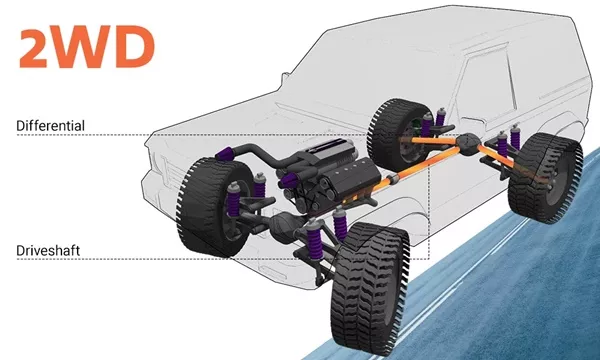
The two-wheel drive design is the fact that it’s cheaper to assemble
The only downside of this design is the difficulty of access since there are lots of stacked parts at the front of the vehicle. This means the vehicle might be harder to work on. You might also need to occasionally spend more on mechanical labor for some service repairs and items.
Most passengers' cars we see on the road today are front-wheel drive cars. As a matter of fact, almost all aside from a few SUVs use FWD that comes with additional components which will send some power to the back wheels if there is a need to.
This design also has an added advantage because it provides better traction when climbing the hills. This is possible because the load of the engine is poised over the front wheels. The front-wheel-drive also prevents the need for a space-consuming driveline hump which runs down in the middle of the car’s interior floor.
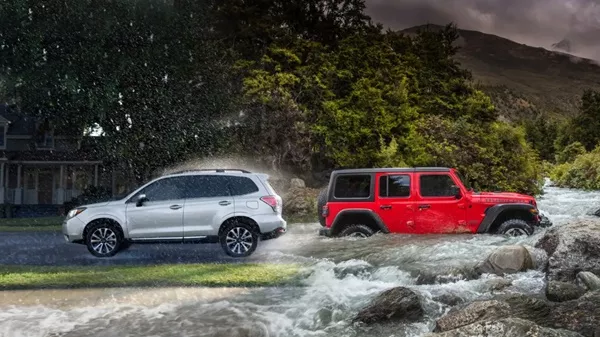
Do you need a four-wheel drive or two-wheel drive car?
#2: Rear wheel drive
For the rear wheel drive, the ones doing the work are the rear wheels. They are responsible for pushing the car while its front wheels will be the one responsible for the steering. With this design, there is more even distribution of the parts and weight across the vehicle. This makes the car more balanced and easier to maneuver.
With the rear wheel drive design, the workload is separated between the rear and front wheels which give the car more handling capabilities and more speed. However, rear wheel drive vehicles can be harder to control compared to vehicles with front wheel drive design.
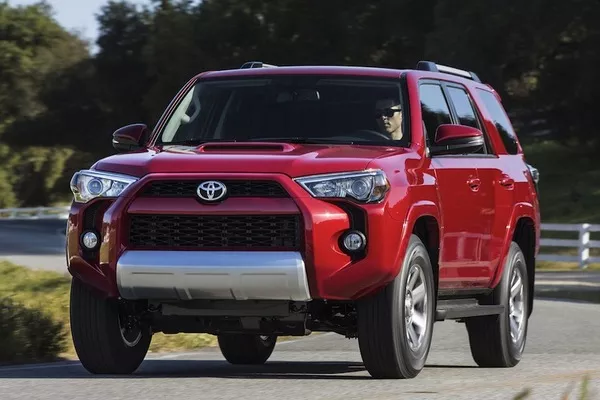
You’ll often find a rear-wheel drive design in old-school truck-based SUV, pickups, along with luxury sedans
More often, you’ll find a rear-wheel drive design in old-school truck-based SUV, pickups, along with luxury sedans that are high-performance and sports cars. The RWD for trucks allows using the heavy-duty, bulky components. This gives better traction that comes with a massive load. Here we have a selection of cars belonging to this category, this Toyota 4Runner 2018 for example.
With this design, there’s no need for the front wheels to do both the steering and driving. Car designers were also able to optimize the vehicle suspension for the handling prowess.
>>> Don't know your car is a front or rear wheel? Here the simple methods to find out.
What is 4WD?
Like the 2WD, 4Wd also have two sub-categories namely, standard 4WD and all-wheel drive.
#1: Stock Standard 4WD
Vehicles with standard 4WD have power in all four wheels all the time. This design can be fitted with locking differentials, mechanical differentials and other parts that make it more suitable in handling rough terrains and carrying heavy loads. However, this specific feature is not an advantage if the vehicle is driven in bitumen roads.
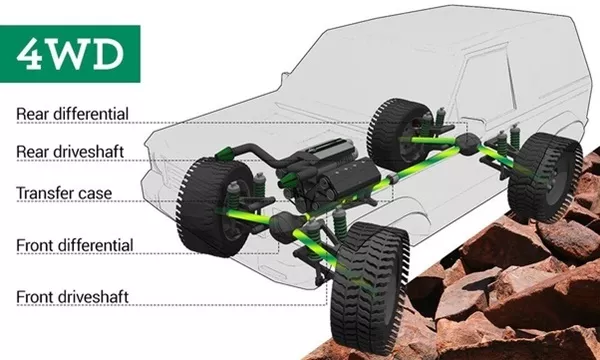
Vehicles with standard 4WD have power in all four wheels all the time
In general, the four-wheel drive is optimized for driving in extreme off-road situations like crossing deep water, ascending over boulders, as well as driving on sloppy hills with low and/or low traction surfaces. Some 4-wheel drive systems have low or high gear range. The low gear range is utilized to increase the climbing power at low speed.
#2: All-wheel drive
There are vehicles allowing the driver to choose and switch between 2WD and 4WD, while some will transition automatically. Other vehicles will constantly run as four-wheel drive.
Cars with shifting wheel drive designs are called all-wheel drive. This design has additional control and power which means vehicles with 4WD have better traction compared to vehicles with 2WD in any condition.
This design is especially helpful when driving over moderate off-road terrain and on sloppy road conditions. Cars with all-wheel drive can keep moving through sand, mud, and any other loose surfaces.
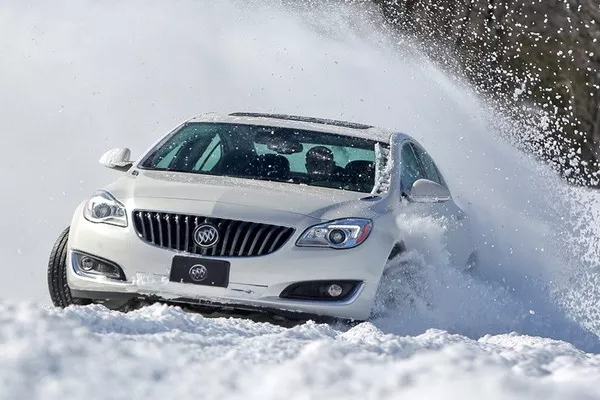
Cars with shifting wheel drive designs are called all-wheel drive
In 4WD, all the wheels are powered. This also means that cars with 4WD are comprised of more parts that make it a lot heavier compared to their two-wheel drive counterparts. And by that, 4WD cars are more challenging to operate, burn more fuel, more expensive purchase, and also requires more expensive service compared to the 2WD cars.

4WD cars are more challenging to operate, burn more fuel, more expensive purchase, and also requires more expensive service.
>>> Check out how different all-wheel drive and four-wheel drive car
2. Which is for you, 2WD or 4WD?
The wheel drive systems that suits your needs will greatly depend on the area where you’ll drive your car. If you're living in an area where rain (and in other places, light snow) occurs, 2WD will work fine.
Usually, cars with a front-wheel drive are the most preferred set-up. The rear-wheel drive is preferred specifically for performance cars. But if AWD is available, then it is more preferable for increased traction.

The wheel drive systems will depend on the area where you’ll drive
For excursions on light-duty, off-pavement, the all-wheel drive will be fine. But if you want a car that can be driven in an off-road situation (or severe snow), then you should pick the car with four-wheel drive that also comes with plenty of ground clearance.
Just also remember that both the 4WD and AWD designs will add considerable load to the car that compromises the fuel economy.
In short, if you’re driving in bitumen roads, it is better to stick with the two-wheel drive but if you prefer driving on off-road areas, then you will need all the traction you can get so a four-wheel drive is the best choice.
Check out for more informative tips and advice right here!
Recent posts
- Off-road driving: A complete guide for beginners Aug 16, 2022
- Front Wheel, Rear Wheel or All-Wheel drive: Which is better? May 28, 2019
- 5 Pros and Cons to consider before having an off-road modification Feb 12, 2019
- Top 5 best AWD cars for the money in the Philippines Sep 20, 2021
- The ins & outs of car transmission and drivetrain Jan 31, 2019












